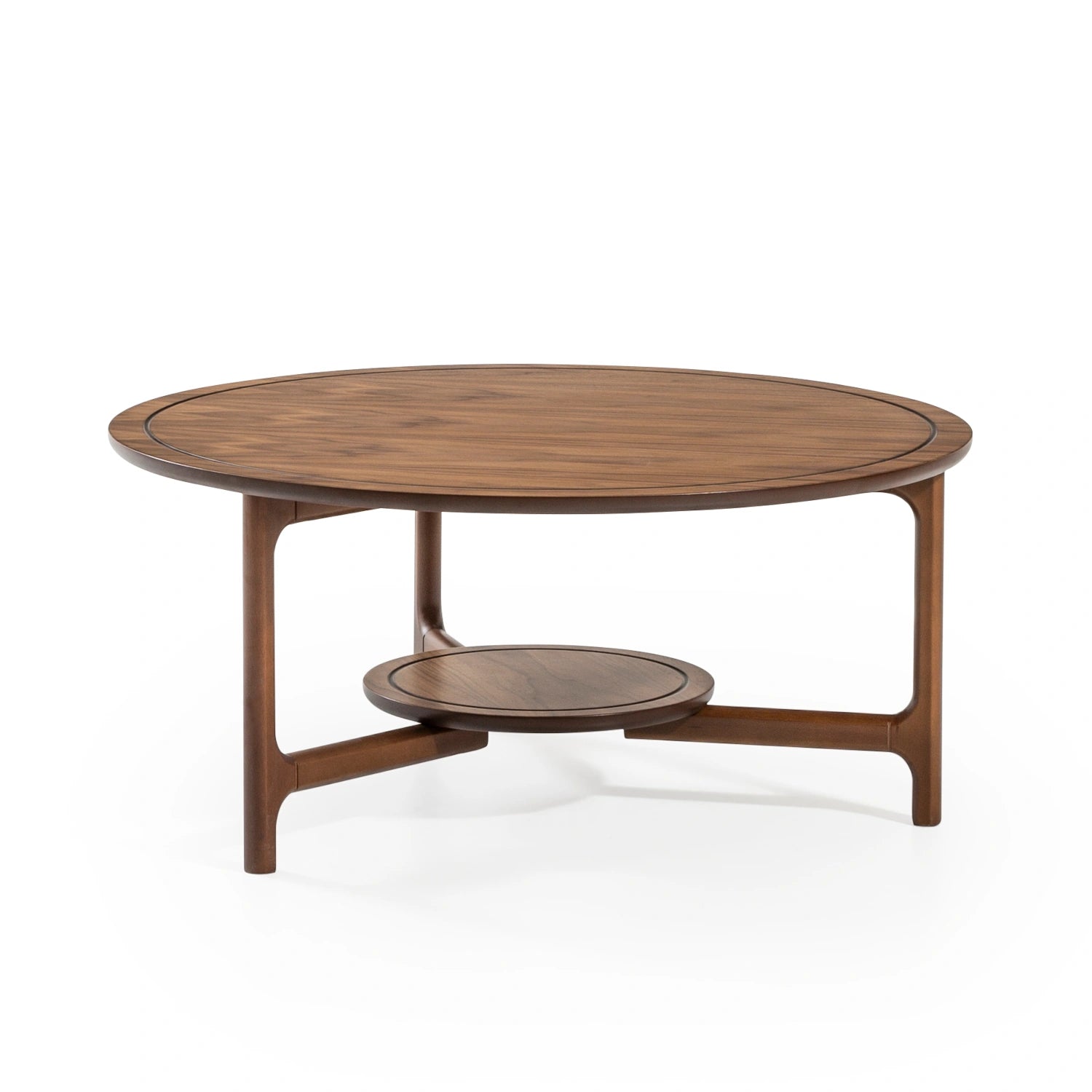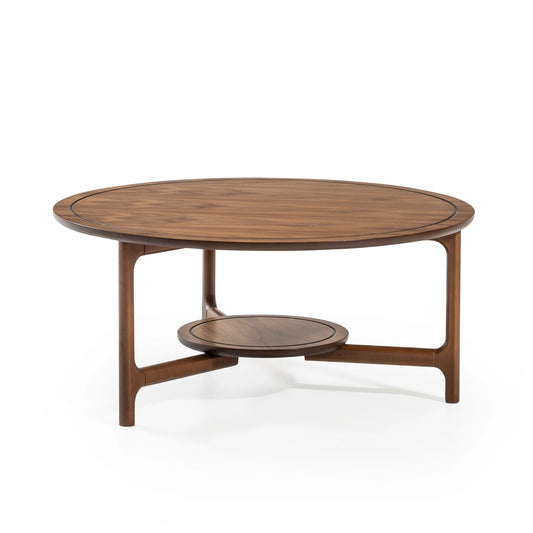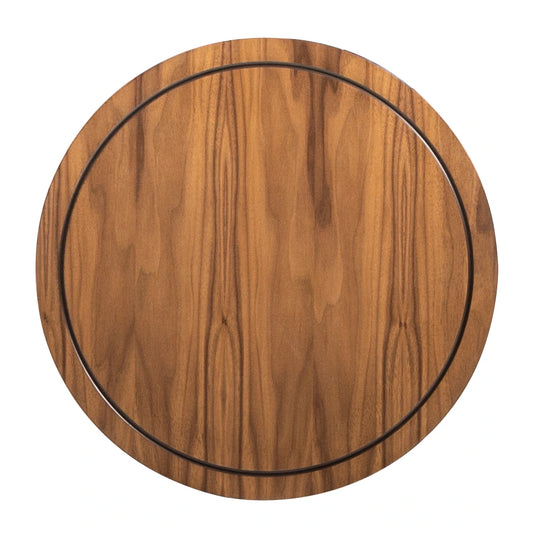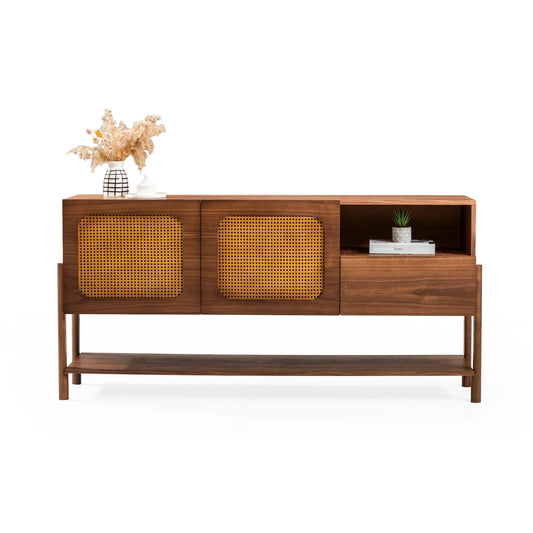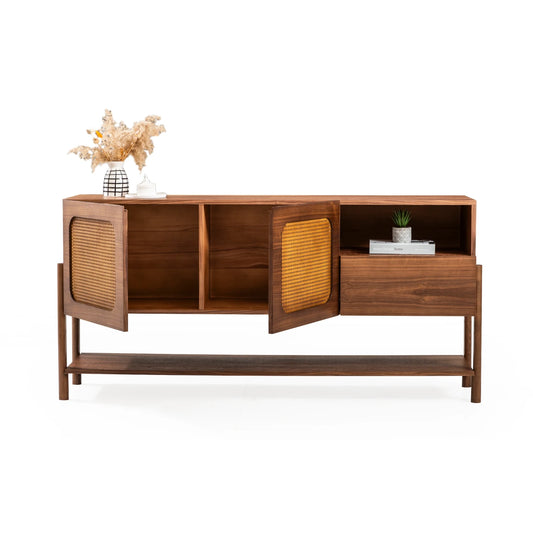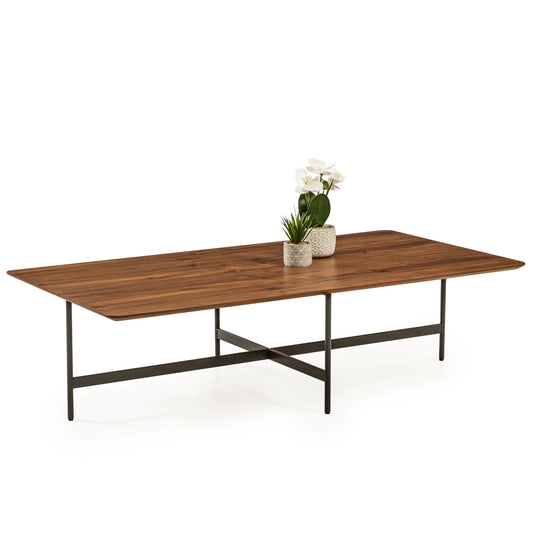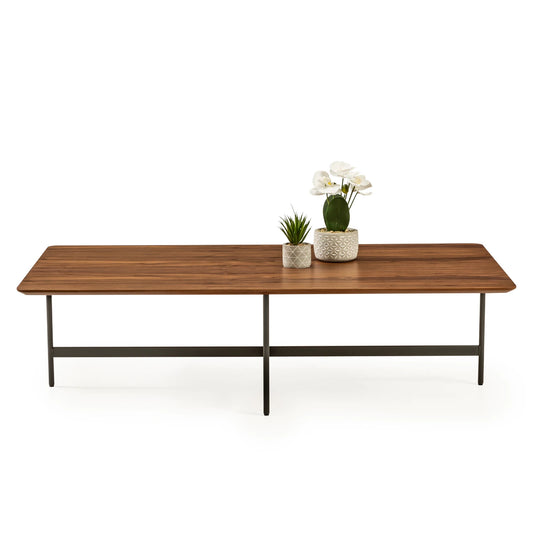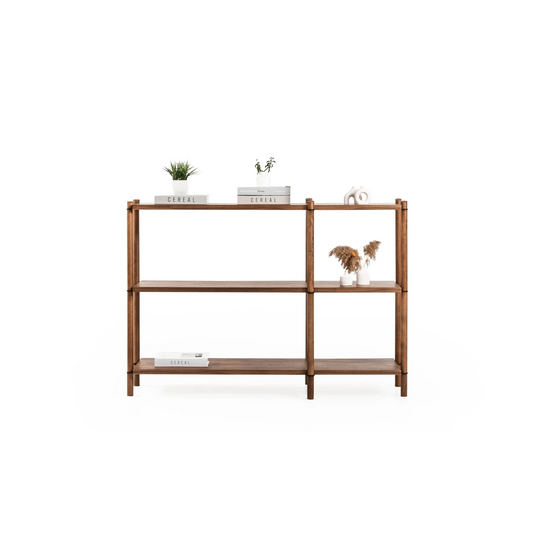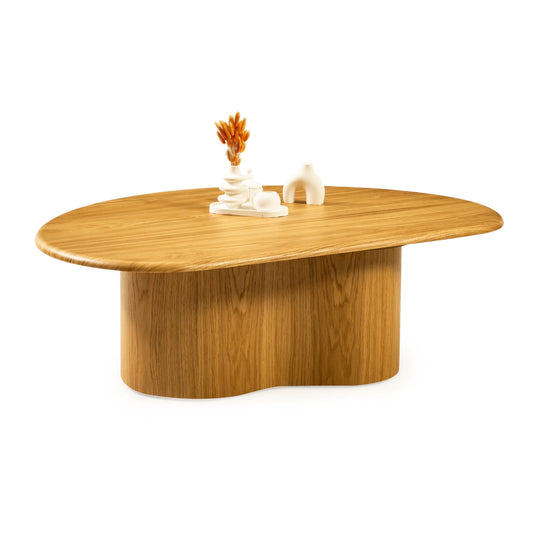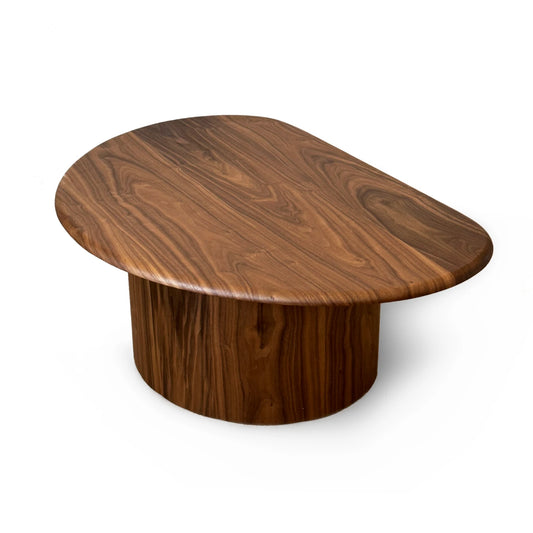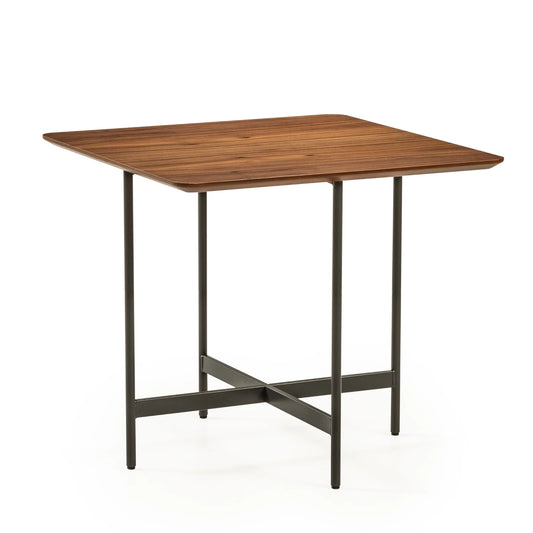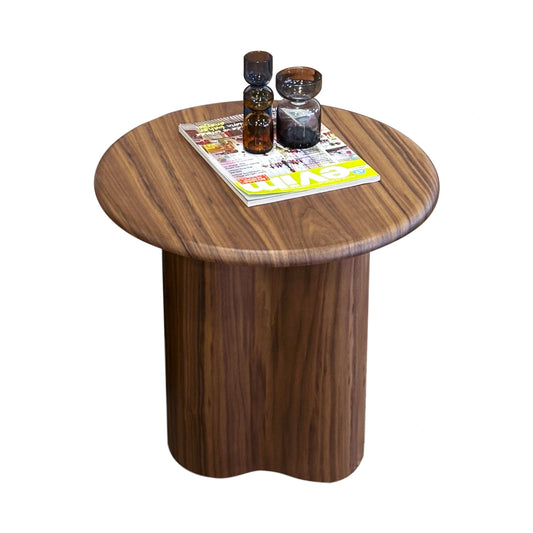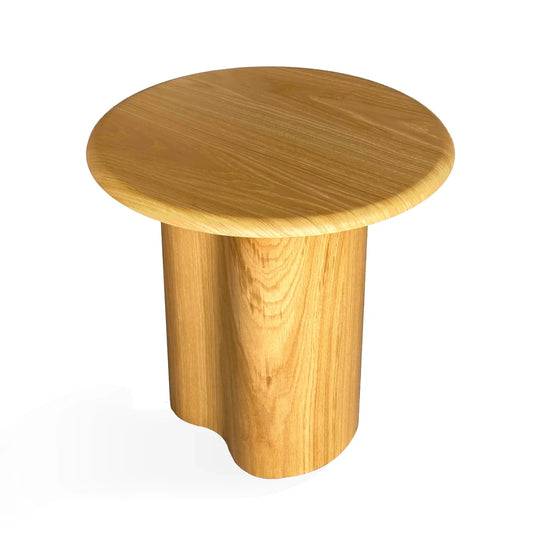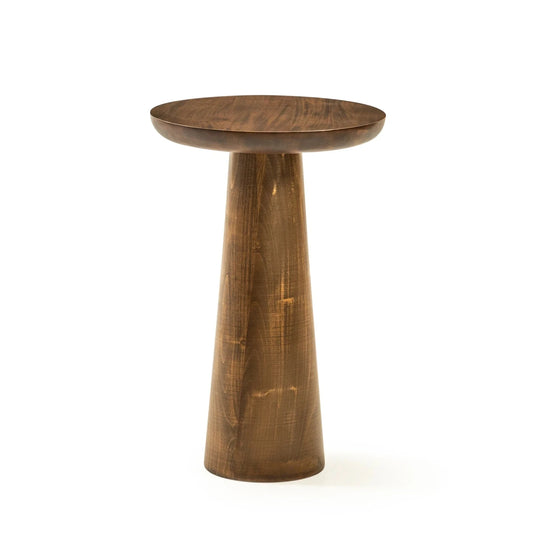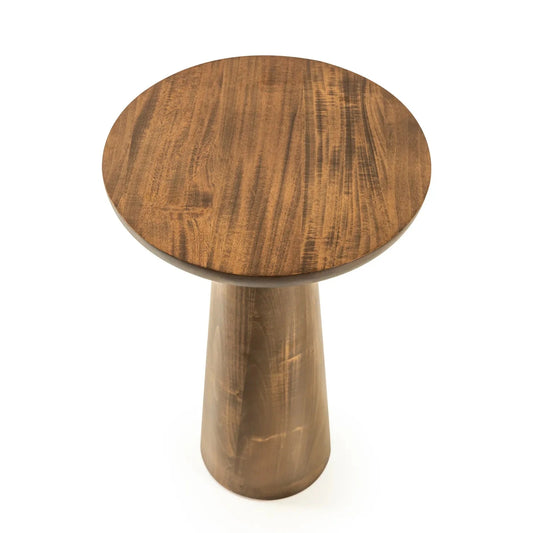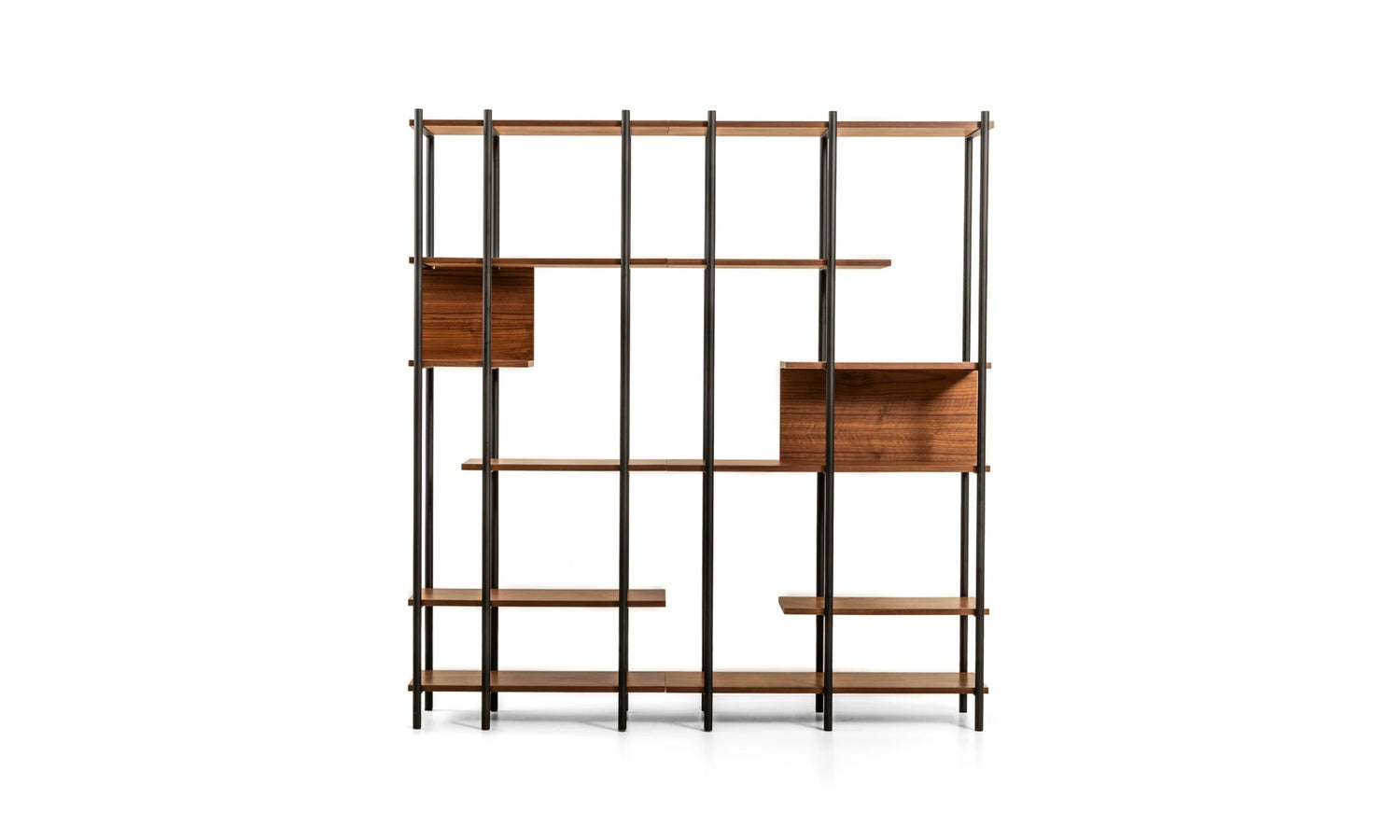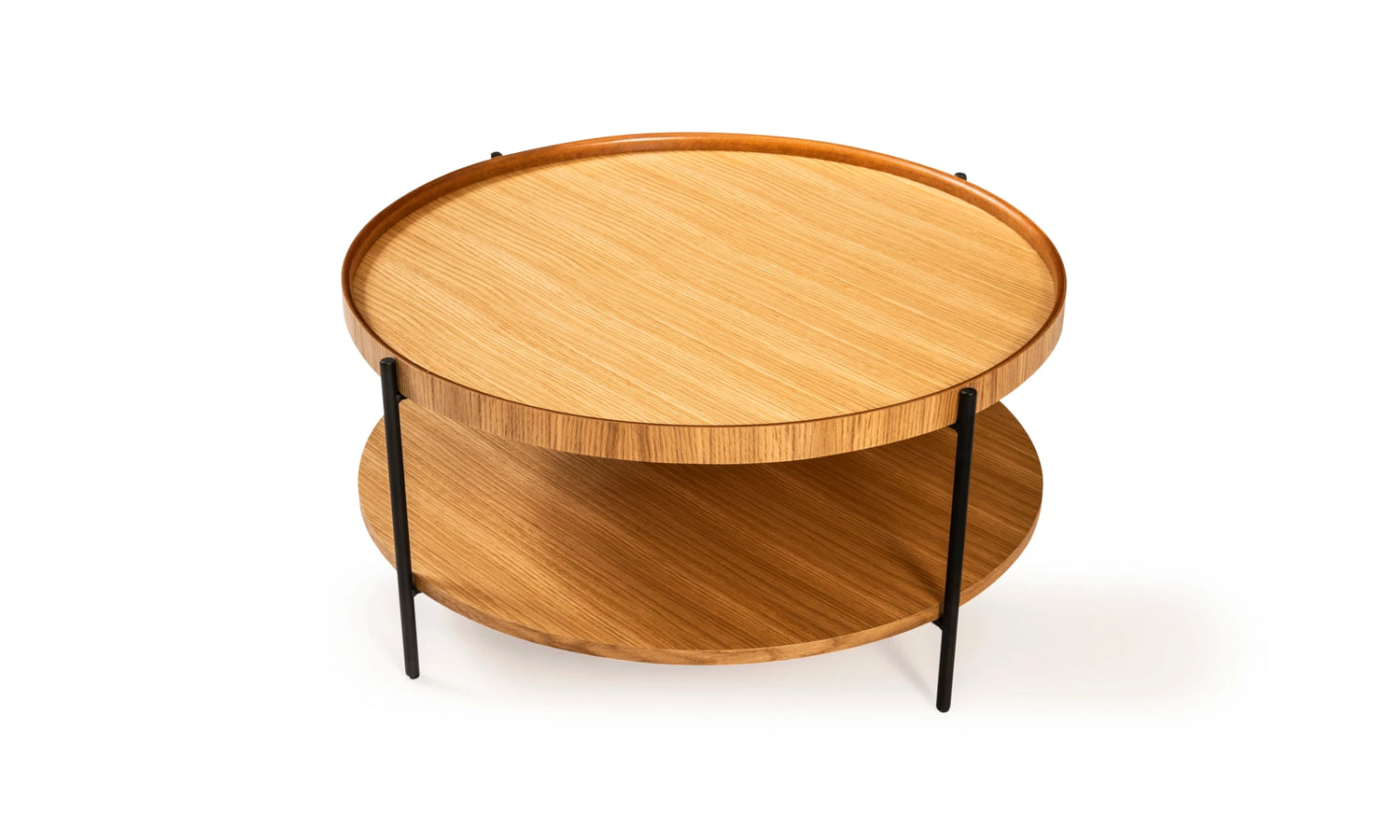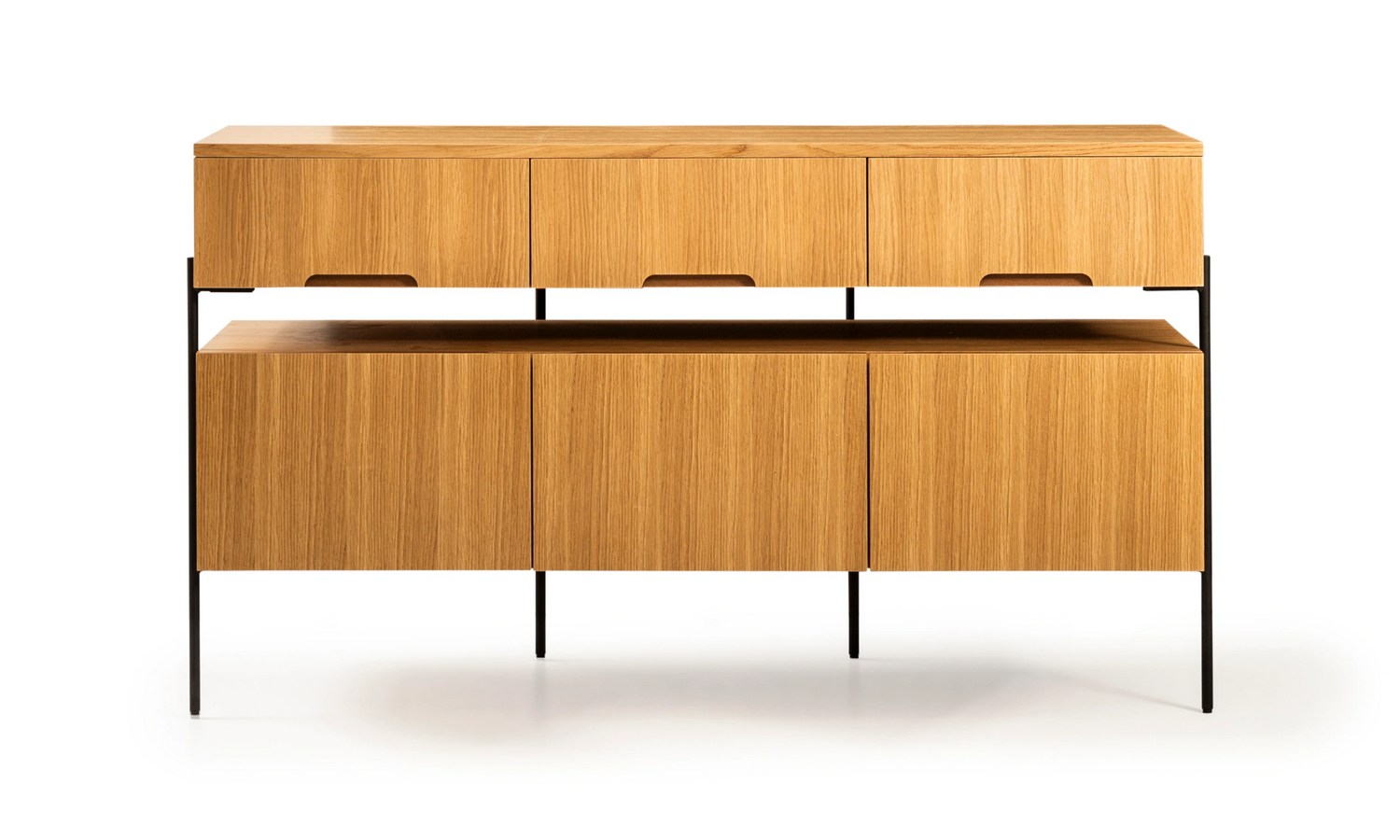In interior design and furniture production, materials play a crucial role in shaping both aesthetics and environmental impact. Medium-Density Fiberboard, or MDF, has emerged as a preferred choice, offering versatility, durability, and sustainability. Let's delve into the details to explore the variations of MDF based on the material it is coated with and understand why MDF stands out in environmentally conscious design choices.
MDF and Its Varieties
Raw MDF (Medium-Density Fiberboard)
Raw MDF is an engineered product made from recycled wood fibers, wax, and resin, compressed under high pressure. This process creates a dense, sturdy, and homogeneous board that is ideal for easy shaping and customization to various design preferences. What sets MDF apart is its ability to serve as a canvas for creative expressions, offering a wide range of options from high gloss to matte surfaces.
Among the varieties of MDF are moisture-resistant MDF (MR MDF) and fire-resistant MDF (FR MDF), each designed to meet specific environmental requirements. MR MDF is suitable for areas with high humidity, such as kitchens and bathrooms, while FR MDF adds an additional layer of security in areas where fire resistance is crucial.
PVC Coating
PVC-coated MDF is created by applying special PVC or PET foils to raw MDF, offering a variety of glossy and matte decor options. This coating enhances the durability of MDF while providing an aesthetic surface with various color and pattern choices. With modern glossy and matte patterns, it adds depth to living spaces with high gloss, and naturalness with matte surfaces. These surfaces are resistant to fading, easy to clean, and maintain their shine after cleaning.
Laminated MDF
Raw MDF covered with decorative laminate combines the structural integrity of MDF with the aesthetic diversity of decorative laminate. This process involves applying a compound material called High-Pressure Laminate (HPL), consisting of resin-coated cellulose layers, to the surface of MDF. Offered in different sizes and surface finishes, decorative laminate not only enhances the visual appeal of MDF but also contributes to its durability, suitable for furniture surfaces and wall covering applications.
Acrylic Panel
Acrylic MDF is a material created by applying a special acrylic coating to the surface of MDF panels. This coating enhances durability, provides an aesthetic shine, and enriches the surface with various color and pattern options. Acrylic-coated MDF, especially preferred in modern kitchen designs, offers a long-lasting and stylish solution for furniture and decoration applications. The acrylic coating provides resistance to UV rays and chemicals, ensuring durability and resistance to fading. Easy to clean and resistant to stains, acrylic-coated MDF is a reliable and stylish option for various interior applications.
Lacquer Panel
Created by applying adhesive and lacquer to the surface of raw MDF using a special technology. It comes in matte or glossy varieties.
Matte Lacquer
Matte lacquer coating provides a natural look to surfaces by perfectly diffusing reflected light. It is an excellent choice for achieving an impressive matte finish, hiding surface flaws and making scratches and fingerprints less noticeable, giving a soft touch when touched. Since there is no reflection, it provides a more consistent appearance for furniture.
High-Gloss Lacquer
High-gloss lacquer is a glossy coating with an added reflective layer. Those who love modern style often choose white high-gloss lacquer for kitchen cabinets, as it reflects light evenly, making the room appear larger. If you have a relatively small kitchen, high-gloss lacquer is an ideal choice.
Natural Wood Veneer
Natural wood veneers are thin slices of wood obtained by turning or slicing logs. The appearance of veneers varies depending on how a log is cut, resulting in different patterns and colors. Each panel is unique.
Before the veneering process, wood is softened to produce smooth, even veneers by soaking logs in hot water. This process reveals the natural color of the wood. After careful measurement, moist and warm logs are cut into thin layers, revealing long but thin wood slices. These sliced leaves are sent to special dryers to remove excess moisture. After drying, the edges of the leaves are sent to a clipper to align them parallelly, then they are assembled and pressed to create veneer panels.
The result of the entire production process is a panel that offers a unique, sophisticated, and luxurious appearance. By providing the sensation of solid wood and the same beauty as solid panels at a much more affordable cost, and contributing to sustainability, these veneers are more resistant to cracking or splitting compared to solid furniture. Due to the use of MDF, they are also more durable than a solid panel of the same thickness.
Strength in Sustainability
One of the key factors contributing to the popularity of MDF is its environmentally friendly nature. By using recycled wood fibers, MDF minimizes the demand for fresh trees, reducing deforestation and environmental impact. Moreover, the production process is resource-efficient, creating a closed-loop system that significantly reduces waste.
Furthermore, the durability of MDF promises a longer lifespan for furniture, reducing the overall environmental impact by decreasing the frequency of material replacements. By prioritizing sustainable choices, MDF stands out as a responsible and ethical option for conscious consumers.
Why Do We Use Natural Wood Veneer-Coated MDF?
At Lagoma, we believe in the power of sustainable choices to shape the future of modern living. Our commitment to environmentally friendly design led us to choose MDF as a fundamental material. In doing so, we aim to make a positive contribution to the environment and provide our customers with a perfect balance between style, durability, and responsibility.
The versatility of MDF allows us to create pieces that reflect the latest trends in interior design, making our collection not only aesthetically appealing but also aligned with the values of an environmentally conscious consumer. We have designed our MDF-based products, including stylish coffee tables and innovative storage solutions, to represent the perfect balance between form and function.
While the production process is complex and sophisticated, natural wood veneers are environmentally friendly products, considering factors such as waste management processes and the use of fast-growing trees. Being a recycled product obtained from wood residues of raw MDF and thin wood pieces, natural wood veneer-coated MDF provides a sensory connection to nature and brings us closer to our zero waste goal. To learn more about our responsible design and our journey of environmental protection, click here.
A Choice for a Sustainable Lifestyle
Exploring the complexities of modern living, the choice of materials used in our homes is becoming increasingly important. MDF, with its varieties and intrinsic strength, stands out as a pioneer of a sustainable lifestyle. By turning to furniture based on MDF as a conscious consumer, we contribute to a more sustainable future for the environment. At Lagoma, we invite you to make sustainable choices a cornerstone of your lifestyle in this transformative journey.
